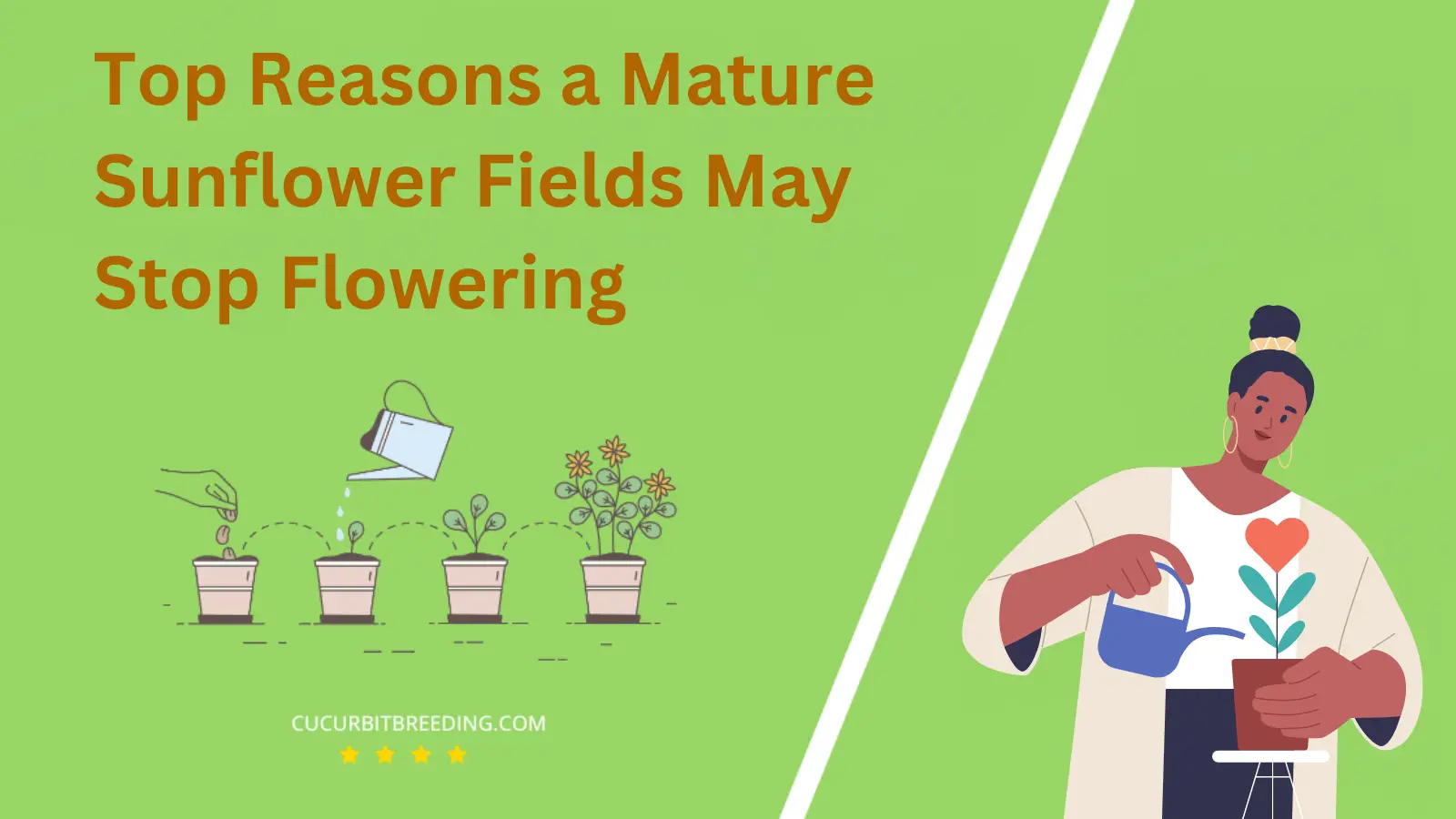
It’s a spectacle like no other, the blooming of sunflower fields. But when exactly does this golden display occur? The answer, as with many things in nature, depends on a variety of factors.
From the region’s climate to the particular sunflower species, numerous elements influence this enchanting natural phenomenon. Let’s delve into the world of sunflowers and discover their blooming secret.
When Do Sunflower Fields Bloom?
Sunflower fields typically bloom during the summer months, specifically between July and September. However, the exact timing can vary depending on the geographical location and the specific type of sunflower grown. It’s crucial to note that sunflowers are heliotropic in their early growth stages, meaning they follow the movement of the sun across the sky. But once the flowers bloom, they generally face east.
| Stage | Description |
|---|---|
| Germination | Spring (March-May) |
| Growth | Spring to Summer (April – August) |
| Blooming | Summer (June to August) |
| Dormancy | Winter (December, January, February) |
How Long Do Sunflower Fields Bloom?
Sunflower fields typically bloom for a period of 2 to 3 weeks. However, the exact period can vary depending on the specific variety of sunflower and the growing conditions. The onset of blooming usually occurs in mid to late summer. So, on average, you can expect a sunflower field to display its vibrant, yellow blossoms for about 14 to 21 days.
How Light Affects Sunflower Fields Blooms?
Light plays a crucial role in the blooming of sunflower fields. Sunflowers are heliotropic plants, meaning they move with the sun. They start facing east in the morning and follow the sun throughout the day until it sets in the west. This movement allows them to maximize their exposure to light, which is important for photosynthesis, the process by which plants convert light energy into chemical energy.
Moreover, light affects the blooming process itself. Sunflowers need full sun for most of the day during the growing season to fully bloom. They need at least six hours of direct sunlight per day, but they prefer eight to ten hours. When sunflowers do not receive enough light, it can stunt their growth and prevent them from blooming.
Also, the intensity of light can lead to variations in the color of sunflower blooms. Strong, direct sunlight often results in darker, more vibrant colors. On the other hand, lower light levels can cause the flowers to be lighter or more muted in color. Therefore, light not only influences the growth and blooming of sunflowers but also their appearance.
Will Sunflower Fields Bloom the First Year You Plant Them?
Yes, sunflower fields will bloom the first year you plant them. This is due to the annual nature of sunflowers, which means they complete their lifecycle in one growing season. They germinate, grow, bloom, and produce seeds all within the same year they are planted.
Will Sunflower Fields Bloom Every Year?
Yes, sunflower fields bloom every year. However, this is contingent upon the specific type of sunflower. Perennial sunflowers return and bloom every year, while annual sunflowers must be replanted each year to achieve the same effect. The blooming period typically occurs during the summer and early fall months.

Should I Deadhead Sunflower Fields Blooms?
Yes, you should deadhead sunflower blooms. Deadheading, or removing the faded flowers, can help redirect the plant’s energy towards growth and the production of new blooms. It also makes the plant look tidier and prevents self-seeding, which can lead to an uncontrolled spread of sunflowers in your garden.
Top Reasons a Mature Sunflower Fields May Stop Flowering

The primary reasons a mature sunflower field may stop flowering include a lack of sunlight, inadequate water, and poor soil quality. Sunflowers require full sunlight for at least six to eight hours a day to bloom properly. Any significant reduction in sunlight can hamper their growth and flowering.
Additionally, inadequate water supply can also cause sunflowers to stop blooming. While these plants are drought-resistant to some extent, they need regular watering for healthy growth and blossoming.
Lastly, poor soil quality can directly affect the flowering of sunflowers. They thrive in well-drained, nutrient-rich soil. If the soil lacks essential nutrients or has poor drainage, it can lead to stunted growth and lack of flowers. Therefore, regular soil checks and amendments are crucial for maintaining a healthy sunflower field.